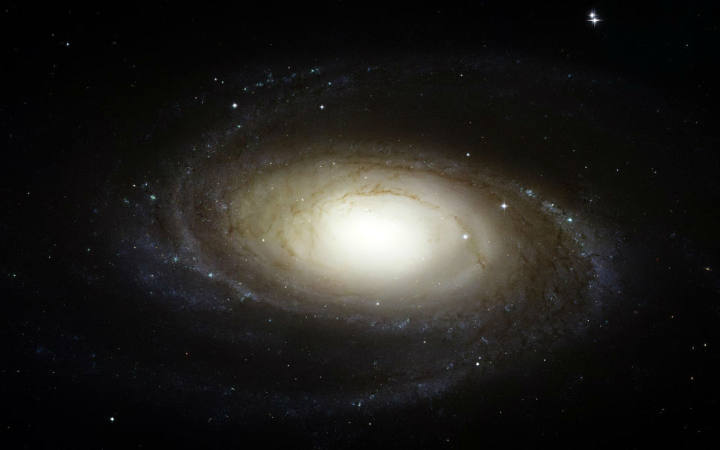
Human beings determining the shape of the galaxy is like that a microorganism determines the shape of the earth. We can't get a good location to identify it, because this location must exist outside the galaxy. But looking at it from the outside of the galaxy gives you an overall picture of it.
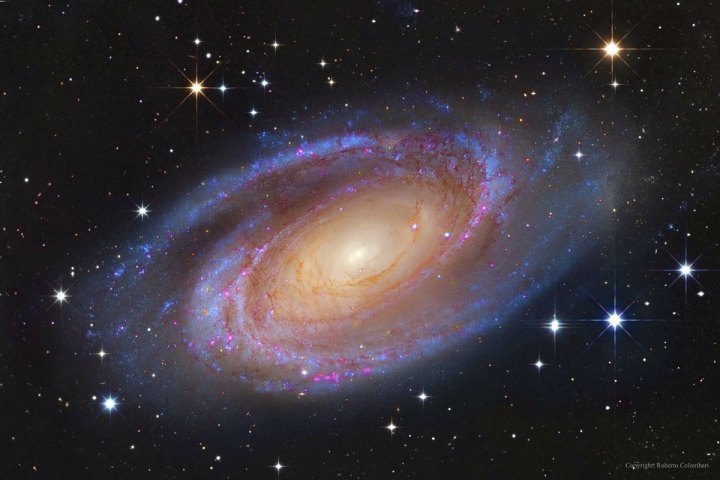
In an area free from air pollution, the Milky way can be seen with the naked eye. When enjoying the beautiful scenery, the observer will notice that the twinkling stars are arranged in a narrow strip area through the darkness. There is a fuzzy bulge between this area, which is wider than the ribbon area on both sides. The appearance of such a compressed band of stars shows that we are looking at the side of a disk. The Milky way is a flat disk in which the bulge is the center of the galaxy.
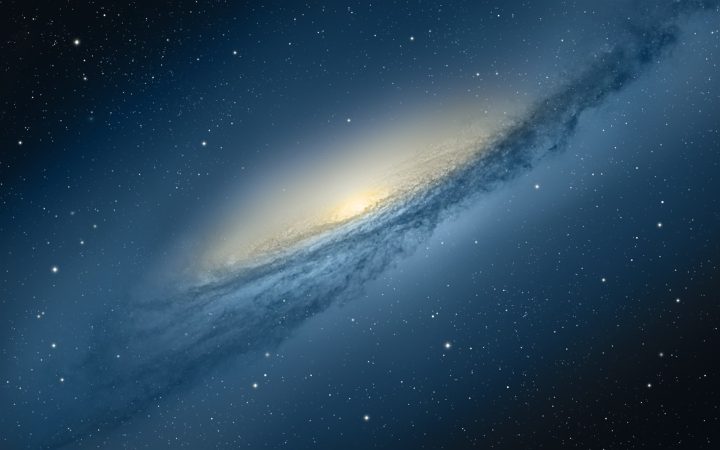
Also, when we locate stars and measure their velocities, we find that this vector has a rotation component different from that of random motion. This is the characteristic of spiral galaxies. A star like the sun is formed when a huge dense cloud of hydrogen gas gathers under gravity. The remaining hydrogen dust or gas is dispersed by the new star flare. When the cloud interacts with light, it randomly scatters photons and creates light spots near the star. We can locate stars by searching for these spots, which are sun care landmarks. When astronomers located these points, they found that stars were focused on spiraling branches of light protruding from the center. We call these spiral branches "spiral arms" of spiral galaxies.
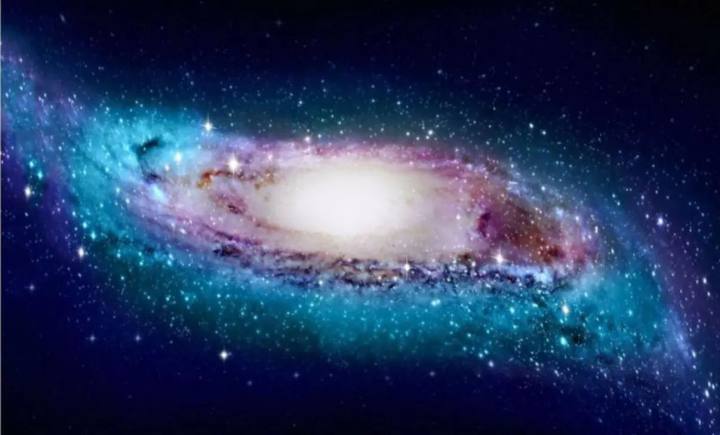
After 75 years of research, radio, infrared and even x-ray telescopes have confirmed their existence, and found that the spiral cloud extends 100000 light-years (the diameter of the disk), with a thickness of 1000 light-years (the thickness of the disk). On this gorgeous disk, our tiny solar system lies on the inner edge of an arm, about 25000 light-years from the center.
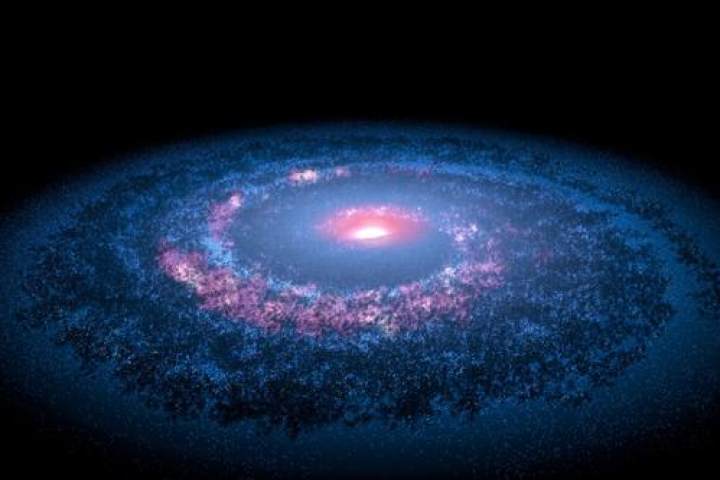
We study the properties of other spiral galaxies, such as the dust content, the order of stars and their speed, and compare them with our galaxy. Obviously, these findings are like the appearance of twins, with flat disks, gas friction, color and dust content shared by all spiral galaxies.
No comments:
Post a Comment